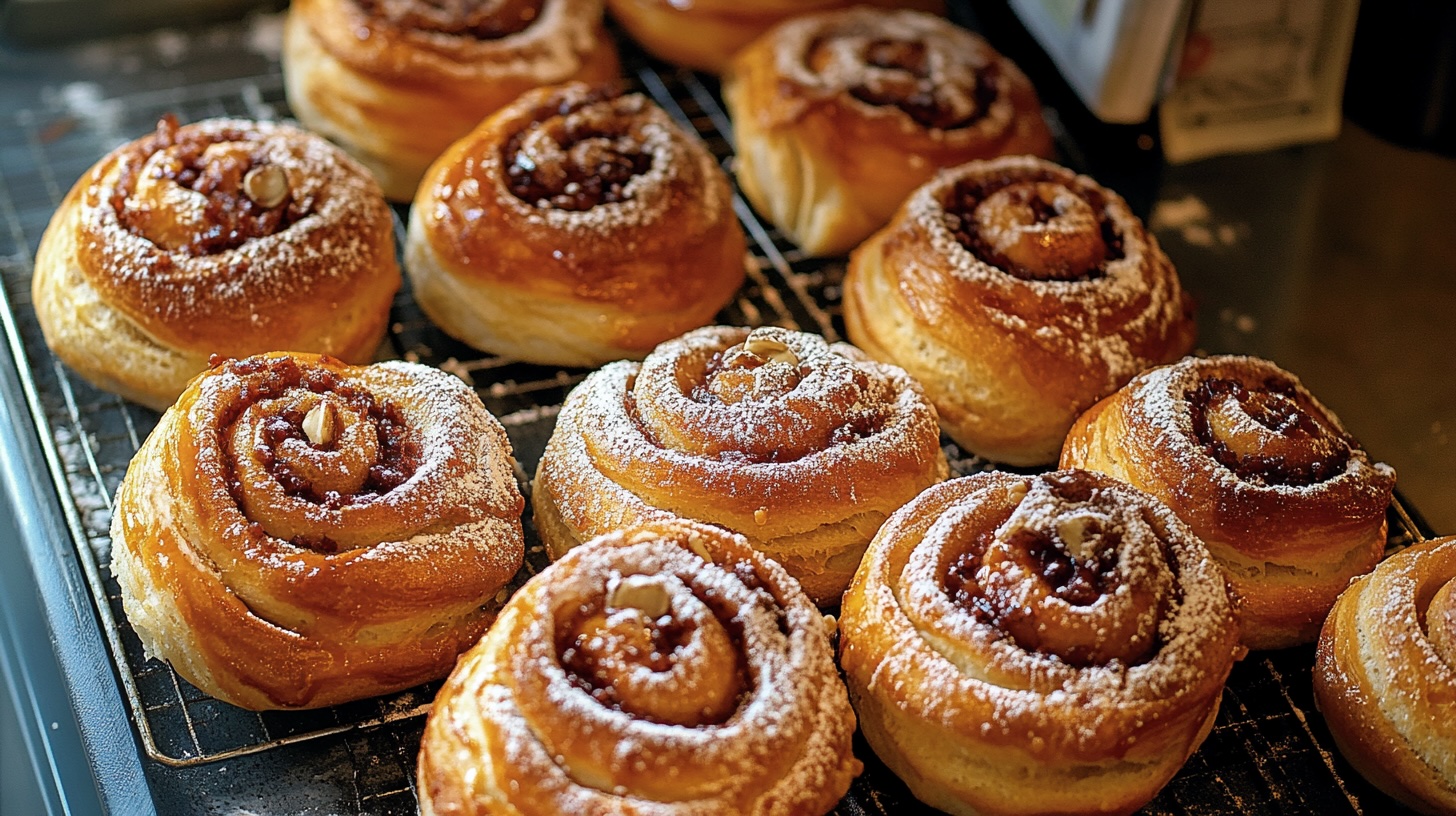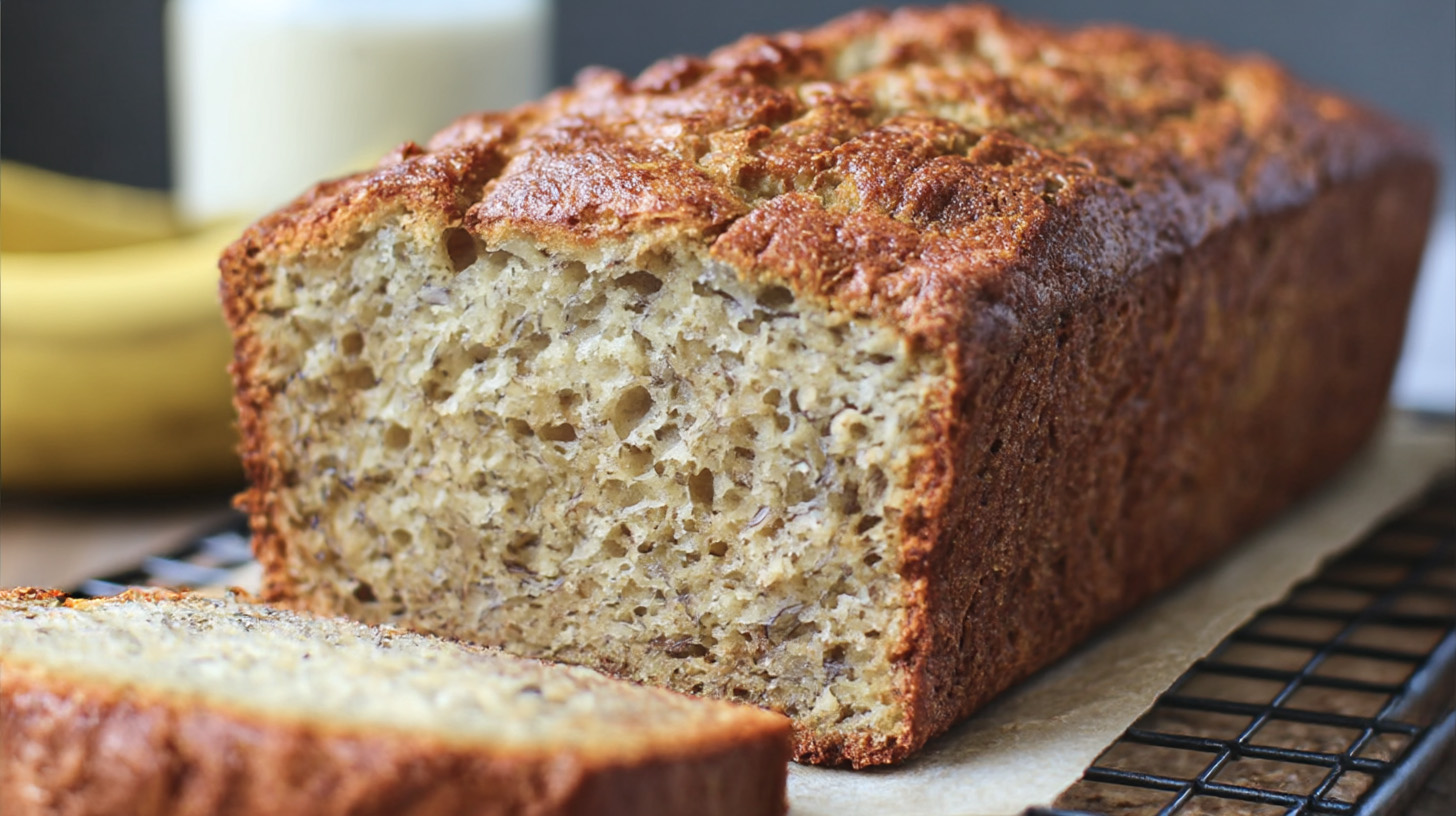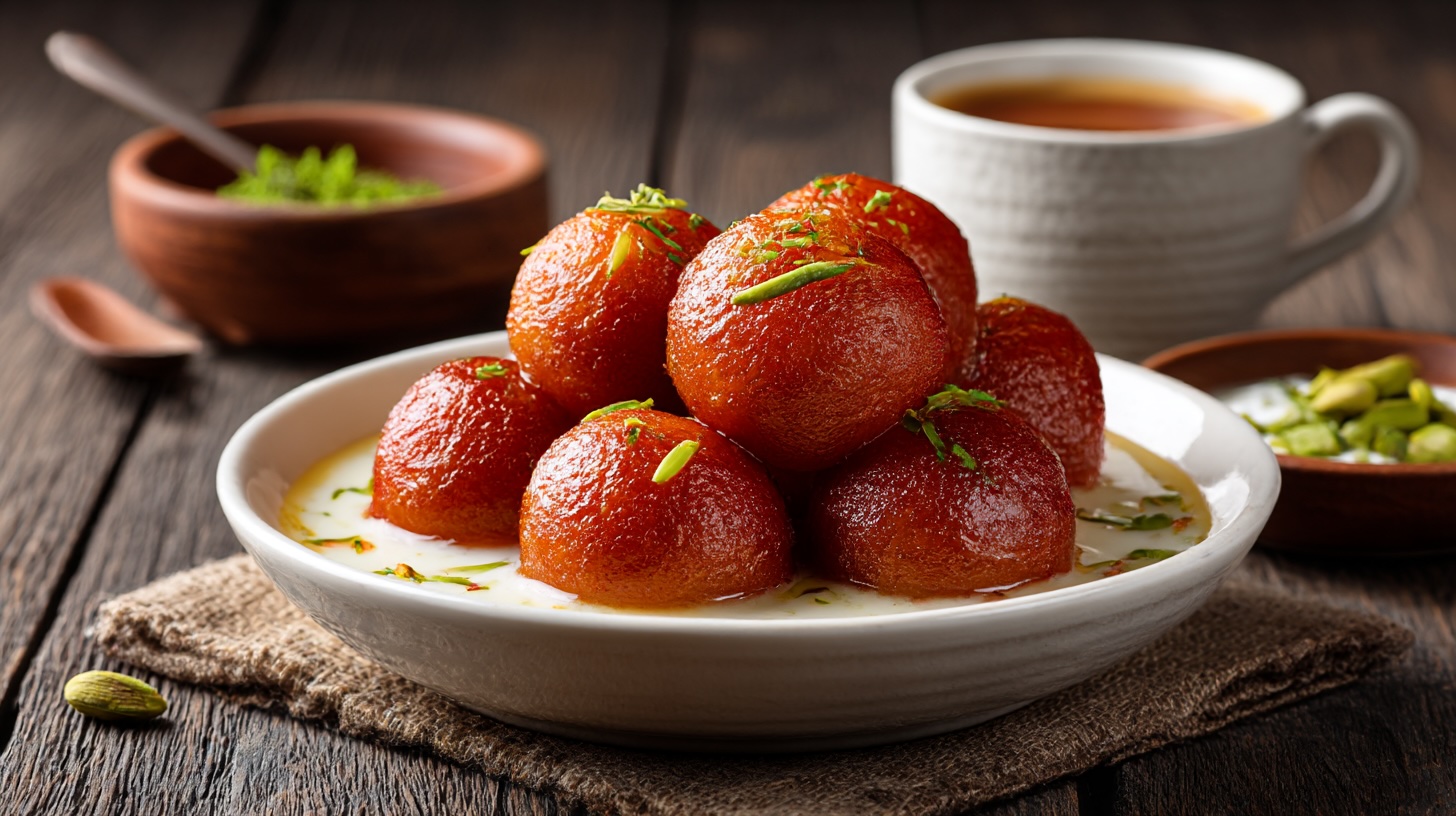Kanelboller: The Norwegian Cinnamon Bun That Stole Our Hearts
A Nordic Treasure with a Sweet Twist
Kanelboller, also known as kanelsnurrer or skillingsboller depending on which charming Norwegian bakery you step into, is the fluffy, cinnamon-laden pastry that makes you wonder why anyone ever settled for the ordinary cinnamon roll. This is not your average sticky, sugar-glazed bun; this is Scandinavian finesse in a baked good. Soft, fragrant, and with a perfect swirl of cinnamon-sugar buttery goodness, kanelboller is the treat that makes you forget your woes—at least until the last crumb is gone. It embodies the spirit of hygge, the Nordic concept of cosy comfort, making every bite a warm embrace.
From Viking Days to Cosy Cafés
Norwegians have been perfecting the art of baking for centuries, and while kanelboller may not have fuelled Viking raids, it has certainly conquered hearts. Its origins lie in the 19th-century Scandinavian baking traditions influenced by German and Dutch pastry-making. Cinnamon, once a rare and precious spice, became more widely available, and before long, Norwegian bakers were folding it into their buttery dough to create something utterly magical. Today, kanelboller is a staple in every Norwegian bakery, café, and home kitchen.
Baking has long been an integral part of Nordic culture, especially during the colder months when the scent of cinnamon and freshly baked dough fills homes and warms up the spirits of those inside. The love for kanelboller is deeply ingrained, and Norwegians often bake them in large batches to share with family and friends during gatherings, birthdays, and even on casual Sundays.
Regional Twists and Family Secrets
Kanelboller comes in many shapes and sizes. In Bergen, it’s called skillingsboller and often comes in a flatter, single-layer form, while elsewhere in Norway, the classic kanelsnurrer version is twisted into intricate knots, making it almost too beautiful to eat (almost). Some recipes include a touch of cardamom in the dough, adding an extra Nordic flair. And, of course, every family has its secret ingredient—be it an extra egg for richness, a splash of vanilla, or an overly generous amount of butter.
Beyond Norway, similar variations exist across Scandinavia. The Swedish kanelbullar is perhaps the most famous cousin, often topped with pearl sugar. The Finnish korvapuusti, on the other hand, is slightly more robust in spice and flavour, embracing a strong punch of cardamom. No matter the shape or name, these buns share the same comforting essence.
What Makes It So Irresistible?
The texture. The balance. The way the cinnamon-sugar filling seeps ever so slightly into the dough, ensuring each bite is both tender and flavourful. Unlike its sticky, icing-drenched American cousin, the kanelboller embraces a more refined sweetness, letting the spice and buttery dough do most of the talking. It’s the kind of pastry you can eat for breakfast, as a snack, or as a late-night indulgence without any regrets.
One of its defining features is the balance between softness and a slight chew, achieved through careful kneading and patience in letting the dough rise. A good kanelboller should have a light, airy crumb, with just the right amount of resistance when you pull it apart. The layers of cinnamon and sugar should be visible, swirled into a perfect spiral that promises a consistent flavour in every bite.
The Perfect Brew to Go With It
Coffee. Strong, black, and preferably brewed with a touch of Nordic bitterness. Norwegians take their coffee seriously, and there is no better companion for a kanelboller than a steaming cup of freshly brewed filter coffee. If you’re feeling adventurous, try it with a cardamom latte or a spiced chai for an extra cosy experience.
Pairing kanelboller with coffee is more than just a culinary match—it’s a ritual. Many Norwegians partake in “kaffepause,” a beloved coffee break tradition where coffee and baked goods are enjoyed slowly and deliberately. This practice is deeply embedded in work culture and social life, adding an extra layer of appreciation to the kanelboller experience.
What Else to Eat With It?
If you’re looking to turn your kanelboller moment into a full-on Nordic feast, pair it with brunost (Norwegian brown cheese) on crispbread for a sweet-and-savoury contrast. Or, if you’re all about indulgence, have it alongside a dollop of thick vanilla custard or a slice of warm apple cake. Either way, happiness is guaranteed.
For an even richer experience, try serving kanelboller warm with a drizzle of caramel sauce or a dusting of powdered sugar. Some even enjoy them with a side of whipped cream for an added touch of decadence.
A Pastry That’s Almost Healthy (Almost)
Let’s be real—kanelboller is not exactly a health food, but it does have its redeeming qualities. Cinnamon is packed with antioxidants and has anti-inflammatory properties, while cardamom (if used) aids digestion. Plus, the sheer joy of eating one probably releases enough endorphins to count as a wellness activity. Moderation is key, but also, who’s counting?
For those who want a slightly healthier twist, swapping out white flour for whole grain or reducing sugar in the filling can make a difference while still keeping the flavour intact. Some bakers also use alternative sweeteners like honey or coconut sugar to give a unique spin on the classic recipe.
Where to Get Your Hands on One
If you’re in Norway, you won’t have to look far. Every bakery, café, and even petrol station offers fresh kanelboller, and some of them are life-changing. If you’re elsewhere in the world, Scandinavian bakeries and cafés often have them, or you can take matters into your own hands and bake a batch yourself. Speaking of which…
Bake Your Own Kanelboller
Ingredients:
- 500g plain flour
- 75g sugar
- 1 tsp ground cardamom (optional but recommended)
- 1/2 tsp salt
- 1 sachet (7g) dry yeast
- 250ml warm milk
- 75g butter, melted
- 1 egg
For the filling:
- 75g butter, softened
- 100g brown sugar
- 2 tbsp cinnamon
For brushing:
- 1 egg, beaten
- Pearl sugar (optional but authentic)
Method:
- In a large bowl, mix flour, sugar, cardamom, salt, and yeast. Add warm milk, melted butter, and egg. Knead until smooth and elastic (about 10 minutes by hand or 5 minutes with a mixer).
- Cover and let rise in a warm place for about an hour, until doubled in size.
- Roll out the dough into a large rectangle, about ½ cm thick.
- Spread softened butter over the surface, then sprinkle with brown sugar and cinnamon.
- Roll up tightly from the long edge and slice into 12 equal pieces.
- Place on a baking tray lined with parchment paper and let rise for another 30 minutes.
- Preheat the oven to 200°C (180°C fan). Brush with beaten egg and sprinkle with pearl sugar.
- Bake for 12–15 minutes, until golden brown and fragrant.
- Try to wait a few minutes before devouring, but no promises.
Enjoy with coffee, share with friends (or not), and experience a little piece of Norwegian joy in every bite.




2 comments